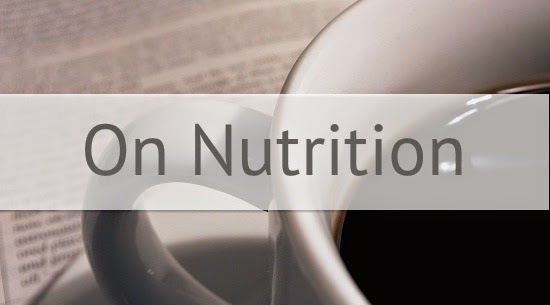Happy Monday! The topic of my On Nutrition column in yesterday’s Seattle Times, “Protein: Are you getting enough in your diet?” is near and dear to me, because I talk about it all the time with individual patients and in talks I give.
At Northwest Natural Health, I see patients with a variety of nutrition and health concerns, but most of my patients are going through cancer treatment or are cancer survivors who are working to regain their overall health and wellness. Protein is a huge consideration, because their bodies are going through a lot, or have been through a lot.
At Menu for Change, I work with patients whose goals include a healthier weight and overall good health. Protein is also a huge consideration, because it helps satisfy hunger for longer and promotes stable blood sugar levels.
Among all of my patients, getting adequate protein is a key component in maintaining or building lean muscle mass (of course, strength and resistance training is equally if not more important, and I talk a lot about that, too).
Some patients are gobsmacked when I tell them how much protein they should be eating, based on their body weight. Almost universally, my patients don’t get enough protein at breakfast. Dinner is usually pretty good, although I have some patients who are eating tons of vegetables (awesome!) but aren’t rounding out their wonderful veggie dishes with enough plant-based or animal-based protein. Lunch is a total tossup.
One thing I encourage my patients to do is to take a look at what they typically eat for breakfast, lunch and dinner and assess how much protein they tend to get right now, and see how far away it is from both the 20-30 grams-per-meal sweet spot for optimizing the body’s protein usage, and from the overall goal of 0.5 grams of protein per pound of body weight (i.e., your weight in pounds divided by two). That provides goals to work toward.
Generally speaking, one ounce of protein contains 7 grams. Examples of ounce equivalents are:
- 1 ounce of meat, poultry or fish
- 1 egg
- 1/4 cup cooked beans or lentils
- 1 tablespoon of peanut or other nut butter
- 1/2 ounce of nuts or seeds
- 2 ounces of tofu
- 1 ounce of tempeh
- 1 cup of milk, soymilk or “regular” yogurt
- 1/4 cup of cottage cheese or Greek yogurt
- 1 ounce of cheese
Whole grains also contain protein, to various degrees. Check out the Nutrition Facts Panel on breads, cereals, and yogurts you frequently buy to find out how much protein they contain. While your at it, check out how much added sugar they have, too. I’m a fan of sprouted whole grain bread, but some varieties have 5 or more grams of sugar per slice (the brand I buy, Silver Hills Bakery, has 1 gram of sugar and 6 grams of protein) and some yogurts have more sugar than a candy bar. Most cups of Greek yogurt have about 5 grams of natural sugar (lactose) so anything beyond that is added sugar.







